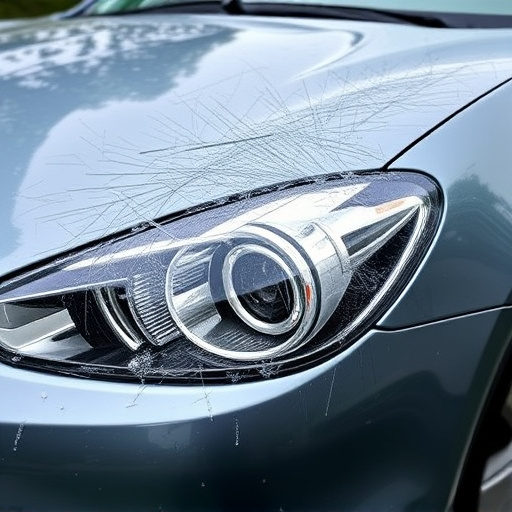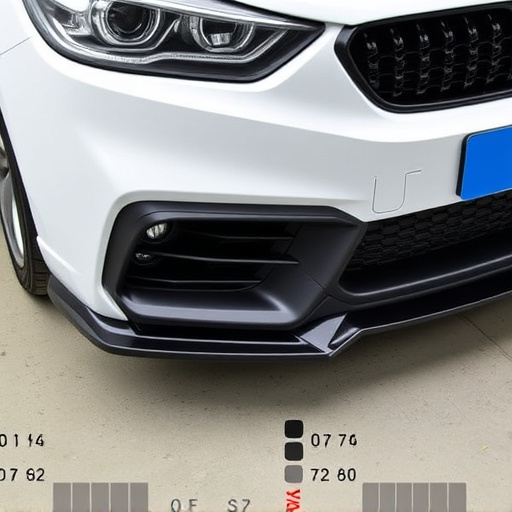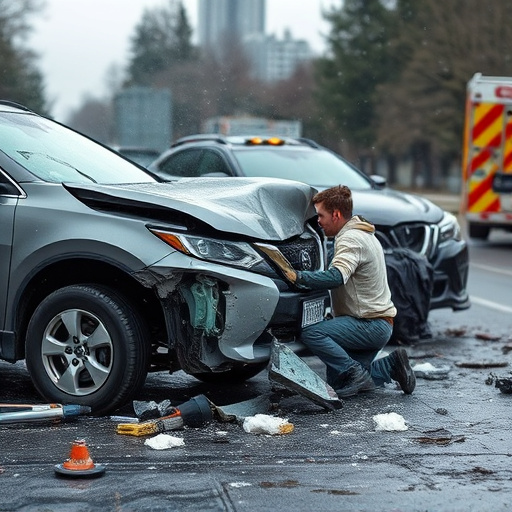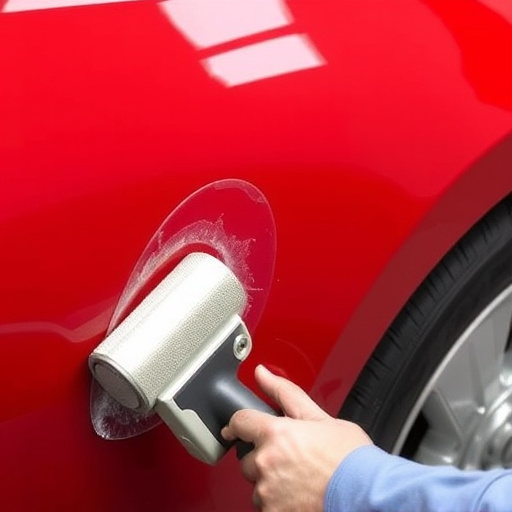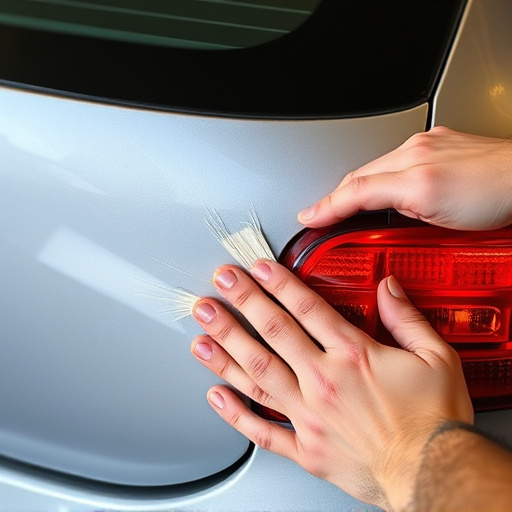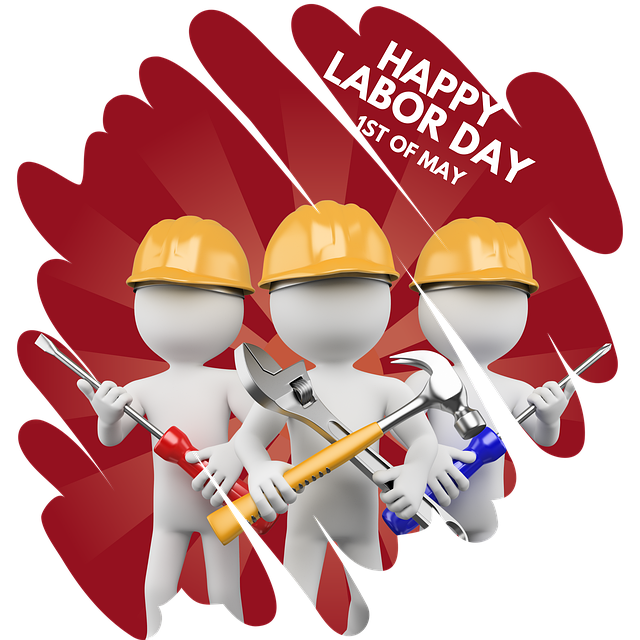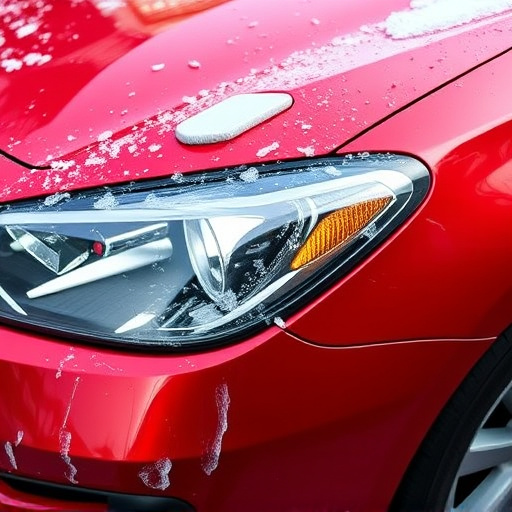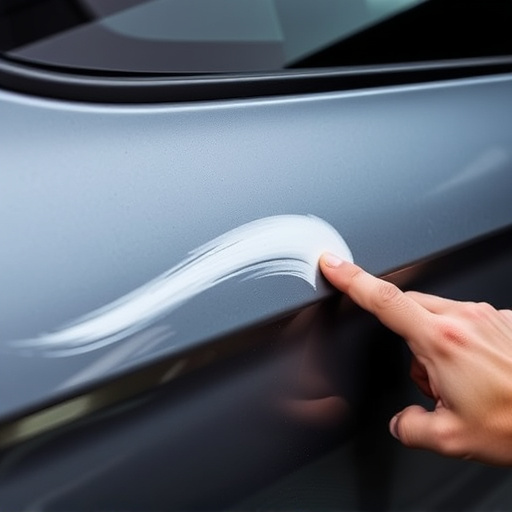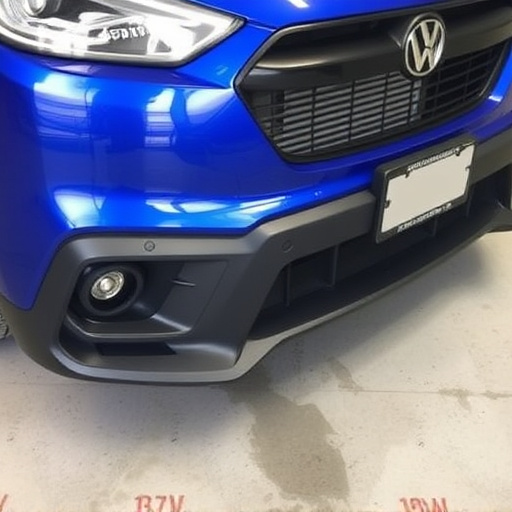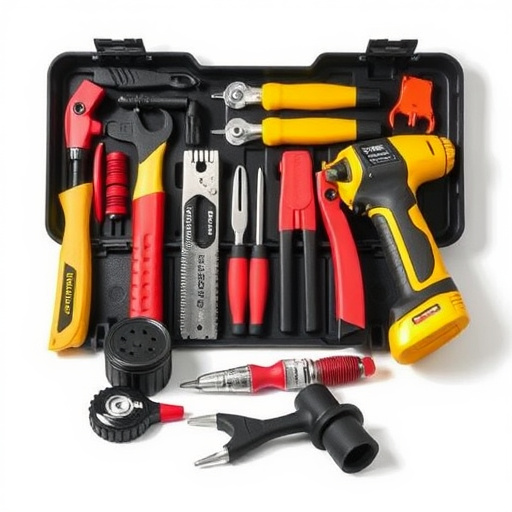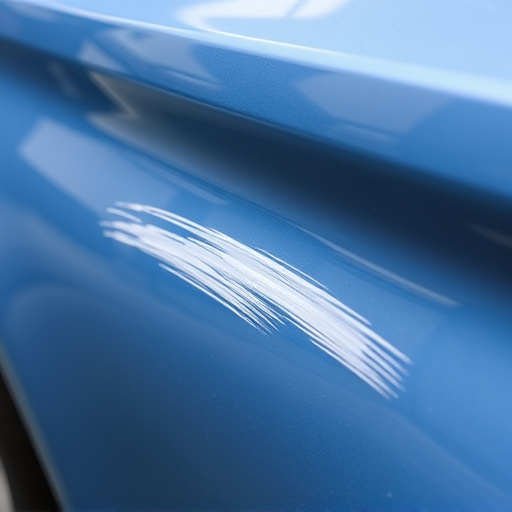Tesla major structural repairs after severe damage require specialized techniques and experienced technicians to ensure vehicle safety and integrity. Advanced diagnostics identify misalignments, while meticulous approaches guide through demolition, straightening, and final fitting, adhering to Tesla-specific guidelines for optimal restoration.
Tesla owners often face the challenge of severe panel or rail deformation, requiring meticulous Tesla major structural repair. This comprehensive guide delves into the intricacies of addressing such issues. We explore the unique challenges posed by these deformations and emphasize the importance of safety considerations during assessment and repairs. By following a step-by-step approach, you’ll master the process, ensuring your Tesla’s structural integrity and restoring its original condition.
- Understanding Severe Panel or Rail Deformation in Tesla Vehicles
- Assessment and Safety Considerations for Major Structural Repairs
- Step-by-Step Guide to Successful Tesla Major Structural Repair
Understanding Severe Panel or Rail Deformation in Tesla Vehicles
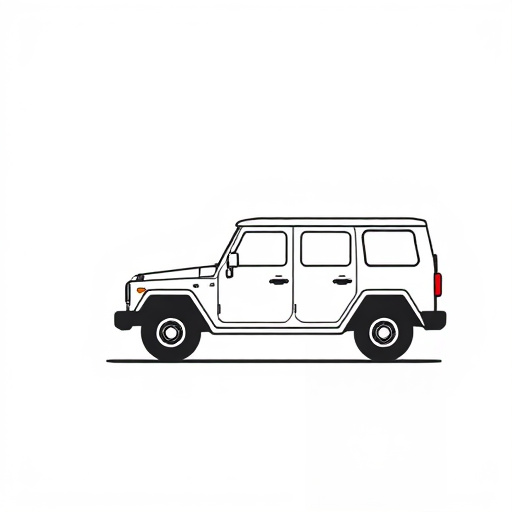
Severe panel or rail deformation in Tesla vehicles can occur due to various reasons, including accidents, road hazards, or even manufacturing defects. This type of damage goes beyond simple dents and creases; it involves significant distortion of the vehicle’s structural components, which are typically made from high-strength steel alloys designed to withstand impact and protect occupants. Recognizing the severity of such issues is crucial for Tesla owners and auto repair shops alike, as they warrant prompt attention to prevent further compromise of the car’s safety integrity.
Tesla major structural repairs for these cases often involve sophisticated techniques and specialized equipment. Auto body repairs may include realigning bent panels, replacing damaged rails, and ensuring precise fitment to maintain the vehicle’s overall rigidity. A reliable auto repair shop with experience in Tesla models will have the expertise and tools for car dent removal and other necessary procedures, ultimately restoring the vehicle to its pre-incident condition while preserving its structural integrity.
Assessment and Safety Considerations for Major Structural Repairs

When addressing Tesla major structural repairs after severe panel or rail deformation, thorough assessment and safety considerations are paramount. The first step involves a meticulous inspection to identify the extent of damage, ensuring every component is evaluated for integrity and potential risks. Auto repair experts utilize advanced diagnostics and 3D scanning technology to pinpoint exact issues, as even minor misalignments can compromise vehicle stability.
Safety protocols play a crucial role in this process. Given the intricate nature of modern automotive structures, specialized auto body services require skilled technicians to handle complex repairs. Vehicle restoration techniques are employed to realign panels and rails, preserving the original design and structural integrity. The goal is not just to fix but to restore the Tesla to its optimal state, ensuring both performance and passenger safety across all auto repair services undertaken.
Step-by-Step Guide to Successful Tesla Major Structural Repair

When undertaking Tesla major structural repair, a meticulous and systematic approach is essential for achieving optimal results. Here’s a step-by-step guide designed to help both professional car body shops and dedicated owners navigate this complex process:
1. Assess the Damage: Begin by thoroughly inspecting the vehicle to identify the extent of deformation, focusing on panel alignment and rail integrity. This initial evaluation informs the repair scope and necessary materials.
2. Safety First: Ensure the vehicle is securely supported on a lift or jack stands for safety during disassembly and reassembly. Don protective gear, including gloves and eye protection, to safeguard against debris and chemicals.
3. Demolition & Disassembly: Carefully remove any damaged panels, rails, or components that need replacement. This step demands precision to avoid further damage. Document the removal process using photos for reference during reassembly.
4. Straighten and Realign: Employ specialized tools to straighten the bent panels and rails back to their original specifications. Use alignment equipment for accurate measurements.
5. Repair & Reinforce: Repair any internal damage, utilizing high-quality parts and automotive collision repair techniques. Strengthen weakened areas with reinforcing members where necessary, adhering to Tesla’s structural guidelines.
6. Body Fitting & Paint Services: Following successful structural repairs, meticulously fit the panels back into place, ensuring perfect alignment. If required, engage professional car paint services for a seamless finish that matches the vehicle’s original color.
7. Quality Control & Testing: Conduct rigorous quality control checks to verify structural integrity and ensure all components are securely fastened. Test drive the vehicle to confirm handling, stability, and safety before final handover.
In conclusion, addressing severe panel or rail deformation in Tesla vehicles requires a meticulous approach involving proper assessment, safety considerations, and expert execution. By following the step-by-step guide outlined in this article, dedicated technicians can successfully perform Tesla major structural repairs, ensuring both the vehicle’s integrity and the safety of its occupants. This process is not merely a repair but a testament to Tesla’s commitment to quality and innovation, allowing these vehicles to return to their original performance standards.

